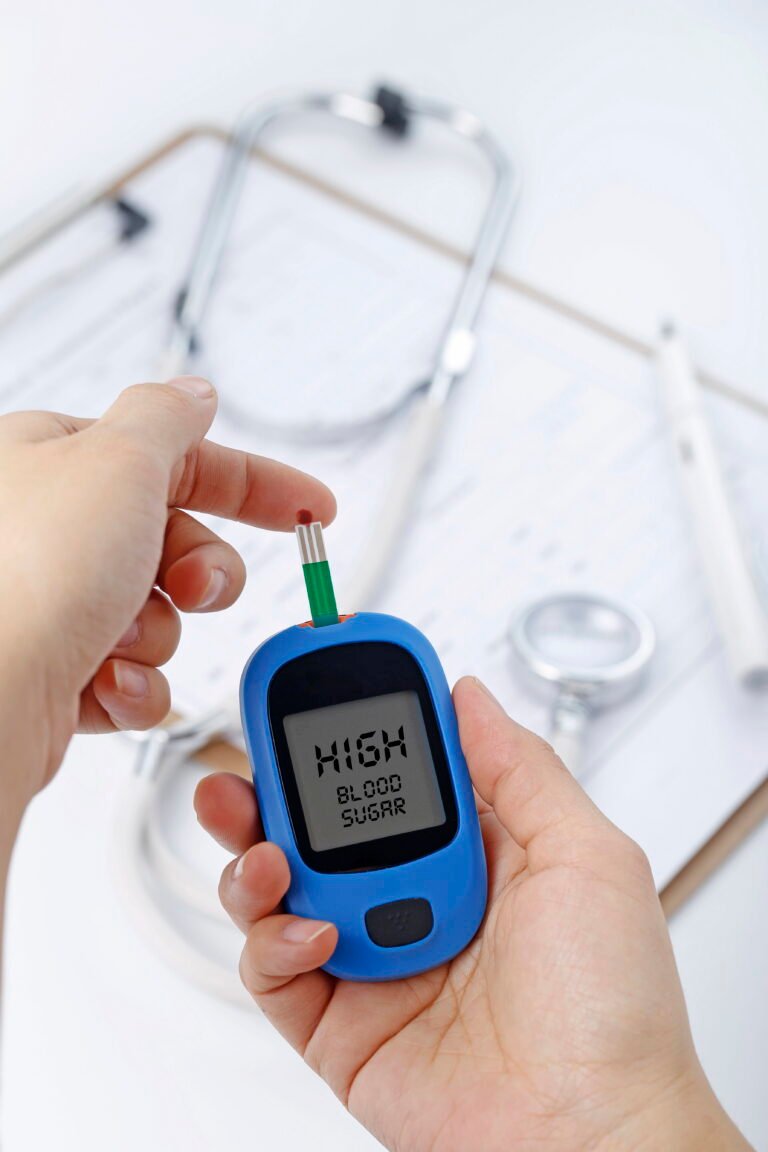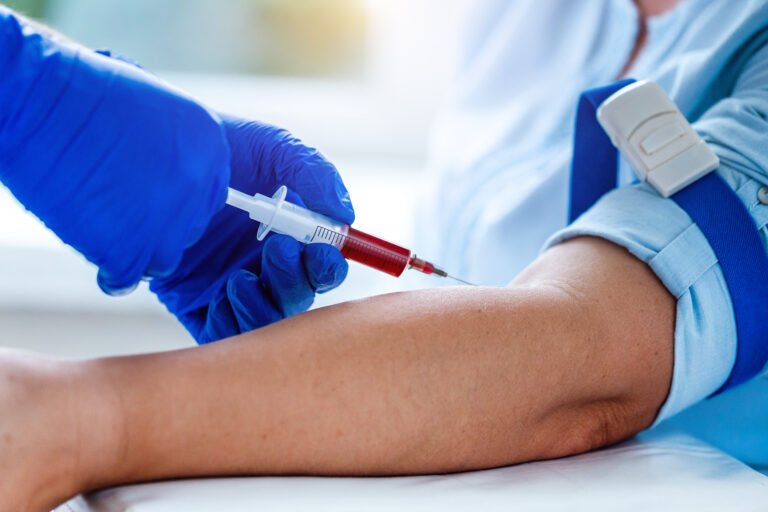Search Your Test

Why This Matters More Than You Think?
Whether it’s your first time getting a blood test or you’ve had many before, there’s one question that’s completely natural to ask:
“How much blood do they take?”
It might seem like a small detail, but for many people, this concern can cause genuine anxiety — especially if you’re dealing with health issues, chronic conditions, or upcoming medical investigations.
How Much Blood Do You Actually Have in Your Body?
To understand how much is taken, let’s start by understanding how much you have.
-
Adult men typically have around 5.0 to 6.0 litres of blood.
-
Adult women usually have around 4.0 to 5.0 litres.
-
Children’s volumes vary by age and weight, but they’re carefully monitored in all blood draws.
That’s 4,000 to 6,000 millilitres (mL) of blood circulating in your body every moment — and it’s constantly regenerating itself.
Now, compare that to how much blood is taken in a standard test panel:
Usually between 5 mL to 30 mL, depending on the number and types of tests. That’s less than 1% of your total blood volume.
How Much Blood Is Drawn for Different Types of Tests?
Here’s a closer look at typical blood test categories and how much blood each usually requires:
| Test Type | Blood Amount Taken | Purpose |
|---|---|---|
| Complete Blood Count (CBC) | 2–4 mL | Checks red/white blood cells, platelets |
| Basic Metabolic Panel (BMP) | 5–8 mL | Looks at kidneys, glucose, electrolytes |
| Comprehensive Metabolic Panel | 10–12 mL | Expanded version of BMP + liver function |
| Lipid Profile | 5–7 mL | Checks cholesterol, triglycerides |
| Thyroid Function Test | 3–6 mL | Measures T3, T4, TSH |
| Vitamin D or B12 Test | 2–4 mL | Assesses nutrition levels |
| Hormone Panel | 7–15 mL | Analyzes testosterone, estrogen, progesterone, cortisol, etc. |
| Full Health Check or Master Panel | 20–30 mL | Multiple tests in one visit |
🩸 Even for a comprehensive full-body health check, labs rarely need more than 2 tablespoons of blood. It’s nothing your body can’t handle and replace naturally.
What Happens If You Need Multiple Tests?
Let’s say your doctor orders 10+ different tests — sounds like a lot, right?
Here’s the thing: laboratories are incredibly efficient. Many tests can be run from a single vial or split from two to three vials of blood. That’s why most multi-test panels only need around 15 to 30 mL total.
💡 Fun Fact: A standard blood donation is 470 mL — and people donate this much without any long-term side effects. A blood test takes less than 10% of that.
How Long Does It Take for Your Body to Replace That Blood?
You might be wondering — if even a small amount of blood is taken, how long until I get it back?
Here’s how your body regenerates:
-
Plasma (the liquid portion): Replaced within 24 to 48 hours
-
Red blood cells (RBCs): Replaced in about 3 to 4 weeks
-
White blood cells and platelets: Often replaced in hours to a few days
➡️ That means for most standard blood draws, your body restores everything without you even noticing — as long as you stay hydrated and eat well.
Is It Safe to Give Blood for Testing Regularly?
Absolutely. Blood testing is safe even if done regularly — as long as your doctor is aware and it’s spaced appropriately. Here are a few things labs do to ensure safety:
-
Follow volume limits based on your weight and age
-
Space tests to allow recovery time when necessary
-
Monitor iron levels if tests are frequent
-
Use small-volume micro-containers for children or frail patients
👶 For children and babies, labs use very small blood volumes (as little as 0.5 mL per test) with special pediatric equipment.
Common Questions Patients Ask About Blood Test Blood Amount
Can blood tests make you feel weak or dizzy?
Occasionally, especially if you’re dehydrated, haven’t eaten (during fasting), or are anxious. This is usually brief and not due to the blood volume taken.
Can blood tests cause anemia?
Not unless you’re already severely anemic and undergoing frequent blood draws. Doctors always consider this when ordering tests.
Why do they sometimes take more than one vial?
Each vial often contains different preservatives depending on the test type. It doesn’t mean they’re taking a lot — each vial holds only 2–10 mL.
What You Can Do to Prepare for a Safe, Comfortable Blood Test?
-
Drink plenty of water 1–2 hours before your test — it helps plump up your veins
-
Eat something light unless your test requires fasting
-
Let your nurse know if you have a history of fainting or anxiety
-
Take deep breaths and try not to watch the needle — it’s over in seconds
-
Rest and eat after if you feel even slightly woozy
At London Medic Lab, Your Comfort Comes First
We understand that even small things like blood test blood amount can cause hesitation. That’s why our friendly team of trained phlebotomists walks you through the process, answers all your questions, and ensures your experience is smooth, safe, and stress-free.
We use modern, efficient methods to minimize blood drawn and maximize comfort — even during comprehensive health panels.
Conclusion: A Small Sample with a Big Impact
In the end, blood tests only require a tiny fraction of your body’s total blood, but they reveal huge insights into your health. From diagnosing conditions early to managing ongoing treatments, the information gained far outweighs the small amount drawn.
So the next time you’re scheduled for a test, know this:
You’re not losing anything — you’re gaining clarity, peace of mind, and control over your health.
Book Your Blood Test with London Medic Lab Today
Still have questions about your test? We’re happy to walk you through it.
✅ Book online or call our friendly team
✅ Choose from routine, advanced, or custom blood panels
✅ Walk in with confidence — we’ll handle the rest
London Medic Lab — Clear Answers, Better Health.




